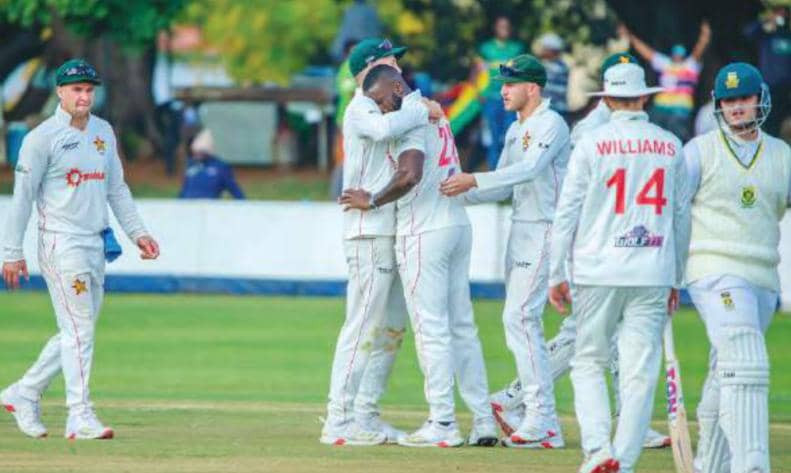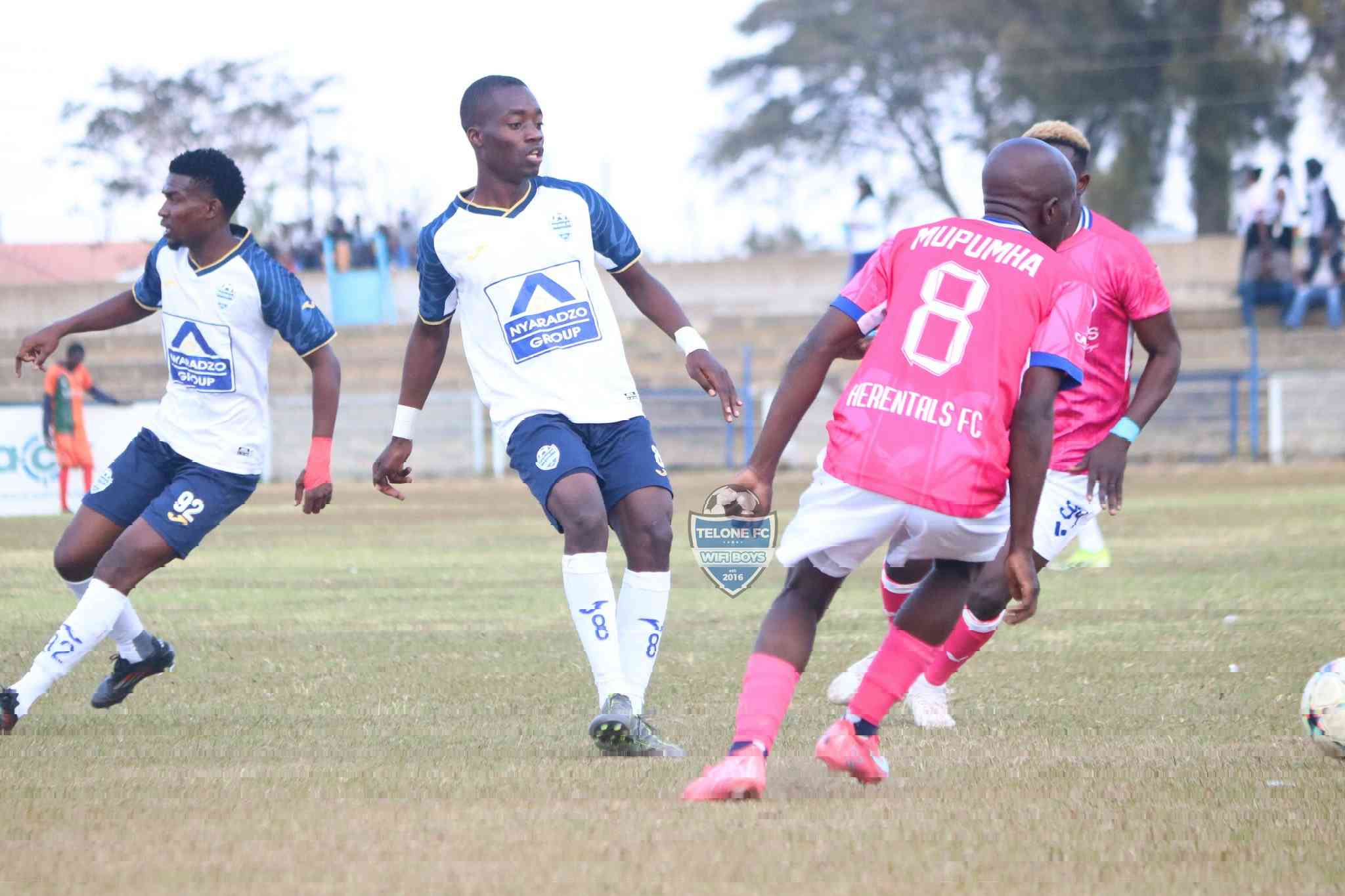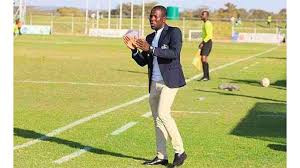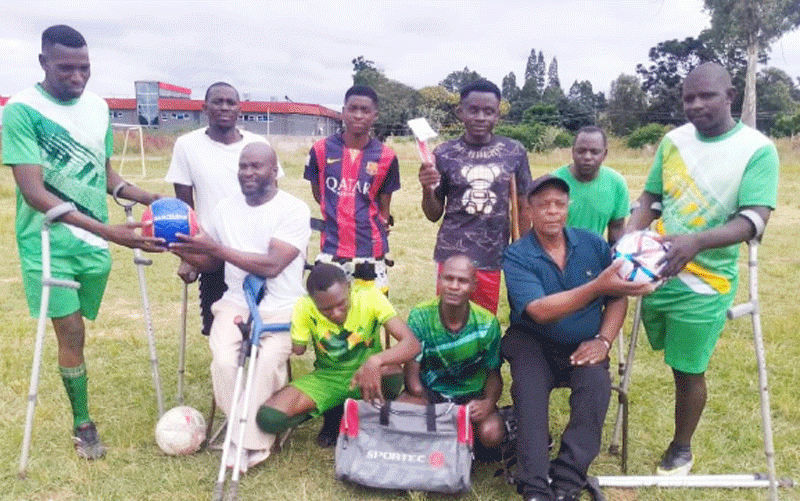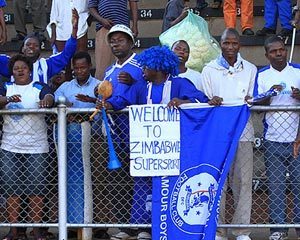
There was commotion at some place in the capital after one sports fan remarked that Dynamos did not have anything they could call their own. He went further to confidently claim that the popular Harare club did not have a single asset to their name, not even a wheelbarrow!
Inside Sport with Mianchael Kariati
The remark sparked anger from the club’s supporters who felt offended by this mockery to an extent that some of those who wanted to laugh could not do so as they felt threatened by the anger that had boiled over.
Anger or not, facts, are always stubborn. The jester’s statements were stark reality. It is true, like it or not, that Dynamos do not own anything of their own despite their more than 50 years of existence.
Even the bus they have now is a donation. The one they used to own with the inscription “Here comes Dynamos” in front, and “There goes Dynamos” at the back, has been reduced to a shell after being stripped for scrap metal by manufacturers of water tins.
It is common cause that Dynamos, big as they are, are failing to pay their players bonuses and as a result, players are perpetually on strike.
Dynamos do not own a sports club or training ground. They must pay for the use of Rufaro or Gwanzura Stadiums, as well as the National Sports Stadium when playing at home.
That is the truth and it cannot be hidden.
- Chamisa under fire over US$120K donation
- Mavhunga puts DeMbare into Chibuku quarterfinals
- Pension funds bet on Cabora Bassa oilfields
- Councils defy govt fire tender directive
Keep Reading
The reason why the 1998 CAF Champions League finalists find themselves in this position is that generation after generation of their leadership has inherited the gospel that the team can only survive on gate takings, forgetting that there are other means of making money to sustain the club.
Countless marketing committees have also come and gone, but were so ineffective to an extent that some of them introduced begging via the mobile phone money transfer system, which did not get any sympathisers.
But how can Dynamos who are as big as Kaizer Chiefs and Orlando Pirates be reduced to beggars when there are easy ways to make money, and more importantly, when there are all those replica jerseys, flags and calendars to capitalise on?
Thousands of the team’s supporters are seen at stadiums in the famous blue and white colours of the club, and waving the club’s flags.
But the proceeds from the purchase of this merchandise are not going into the coffers of the club but into the pockets of bogus businessmen with unregistered companies, and more so, who operate from the alleys.
While those at the helm of the club would want to point fingers at this illegal sale of this merchandise, the question is: What have they themselves done or are doing to ensure that the jerseys, flags and calendars are available to their followers?
I remember talking to club chairman Keni Mubaiwa sometime back and he indicated that they would make replica jerseys available everywhere.
But who has seen Dynamos jerseys being sold at the stadiums by the Dynamos family? Nobody. Who knows where these jerseys can be bought? Again, nobody. Yet, the club’s leadership claims that their sponsors have made the jerseys available in abundance with Dynamos taking a seven percentage retainer from the sale of the jerseys which go for US$50!
But where are the jerseys? The fans are waiting with cash in hand to buy them!
If the jerseys are really there, why is it that some of the club’s officials have themselves been seen clad in the blue jerseys of Chelsea, instead of those from Dynamos Football Club when their own team is playing.
CAPS United have taken a point and they are doing it. Highlanders are also doing the same. Their merchandise is being sold by their own people at stadiums either when playing at home or away. The financial spin offs might not be immediate but they will definitely come.
With the following DeMbare have, the 2008 CAF Champions League semi-finalists could have been swimming in millions of dollars and not struggling to pay bonuses which are not even more than $100 per player.
As long as DeMbare do not acknowledge the importance of merchandise and how to capitalise on it, they will remain where the sports fan remarked — “with nothing, not even a wheelbarrow.” But are those at Dynamos listening?
I felt myself growing wings when one attendant in a school uniform shop recognised me as a sports reporter. But my wings were quickly clipped when she on top of her voice asked me why as a sports writer, I only reported on football. But whether that is as true as the Dynamos assets story is something else.
But one thing is that, the National Athletics Association of Zimbabwe should be applauded for abandoning tradition and moving with the times. Naaz have realised that the world is evolving and Zimbabwe cannot remain immune to change. The federation is adopting the selection system of such successful athletics nations like the US, Jamaica, and Kenya in which athletes to represent the country in major international events are selected following national trials.
This would mean bringing together athletes based abroad and those at home — both from the urban and rural areas — in a competition from where the winners qualify to represent the country at the World Championships or the Olympic Games — that is if they meet the qualifying standards.
This is fair. It gives all the athletes an equal chance, unlike in the past when athletes were chosen on the basis that they were based overseas, and on reputation rather than current performance.
The results of that were a disaster as Zimbabwe failed to win an athletics medal at the Olympic Games. The best the country has done is long jumper Ngoni Makusha’s fourth finish at the 2008 Games in Beijing.
Perhaps this new selection system will help discover a gem from the rural areas who will shake the world. Kenya have done it, why can’t we? Kudos to Naaz.
For views and comments, email: [email protected], or WhatsApp on 077 3 266 779.

